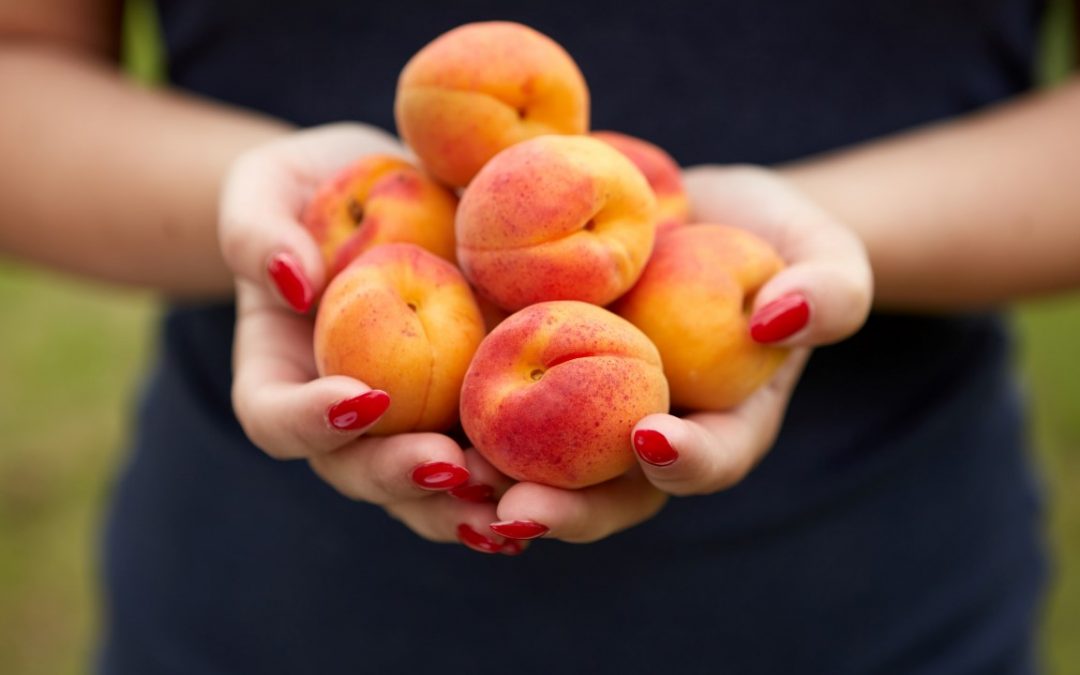Maintaining the health of apricot trees is crucial for gardeners aiming to enjoy bountiful harvests of juicy, flavorful fruits. This comprehensive guide will delve into effective strategies for keeping your apricot trees healthy, focusing on disease prevention, nutritional needs, watering practices, and pest management. By implementing these practices, you can ensure that your apricot trees thrive, producing high-quality fruit year after year.
Contents
Nutritional Requirements for Apricot Trees
Soil Preparation and Fertilization
Healthy apricot trees start with well-prepared soil. Before planting, incorporate organic matter like compost into the soil to improve its structure and fertility. Conduct a soil test to determine pH and nutrient levels, aiming for a pH between 6.0 and 7.5. Apricot trees benefit from balanced fertilization in early spring, using a fertilizer with equal parts nitrogen, phosphorus, and potassium (N-P-K). Avoid over-fertilizing, as excess nitrogen can lead to lush foliage at the expense of fruit production.
Micronutrients
While N-P-K fertilizers cover the primary nutritional needs, apricot trees also require micronutrients such as iron, zinc, and magnesium for optimal health. Micronutrient deficiencies can lead to poor growth and fruiting. If symptoms of deficiency appear, such as yellowing leaves or poor fruit set, consider applying a micronutrient supplement according to the product’s instructions.
Watering Practices for Optimal Health
Establishing a Watering Schedule
Apricot trees require consistent moisture, especially during the growing and fruiting seasons. The goal is to keep the soil moist but not waterlogged. Young trees need more frequent watering as they establish their root systems. A general rule is to provide about 1-2 inches of water per week, either from rainfall or supplemental watering. During hot, dry periods, increase watering frequency to prevent stress.
Mulching
Applying a layer of organic mulch around the base of apricot trees can help retain soil moisture, regulate soil temperature, and suppress weeds. Use wood chips, straw, or compost as mulch, but keep it a few inches away from the trunk to prevent rot.
Disease and Pest Management
Preventing and Managing Diseases
Apricot trees can be susceptible to various fungal diseases, such as peach leaf curl and shot hole disease. Prevention is key:
- Choose disease-resistant varieties when available.
- Ensure good air circulation by spacing trees properly and pruning annually.
- Apply fungicides early in the season as a preventive measure, following label instructions carefully.
Integrated Pest Management (IPM)
IPM involves monitoring for pests and using a combination of cultural, biological, and chemical methods to control them:
- Encourage beneficial insects that prey on common pests like aphids and mites.
- Remove and destroy infected or infested plant material promptly.
- Use insecticidal soaps or horticultural oils for mild infestations, resorting to chemical pesticides as a last resort and applying them responsibly.
Regular Monitoring and Maintenance
Inspecting Your Trees
Regular inspection of your apricot trees can help you catch issues early, when they’re easier to manage. Look for signs of stress, such as wilting leaves, stunted growth, or unusual leaf spots, which could indicate disease or nutrient deficiencies.
Pruning
Annual pruning in late winter or early spring helps maintain tree health by removing dead or diseased wood, improving air circulation, and shaping the tree for better sunlight exposure. Pruning also helps manage the tree’s energy resources, encouraging the growth of strong, healthy fruit-bearing branches.
Conclusion
Keeping apricot trees healthy requires attention to their nutritional, water, and pest management needs. By understanding and addressing these aspects, gardeners can prevent most issues that affect tree health and productivity. Regular maintenance, including soil care, proper watering, disease prevention, and pruning, is key to enjoying delicious apricots from your own garden.


